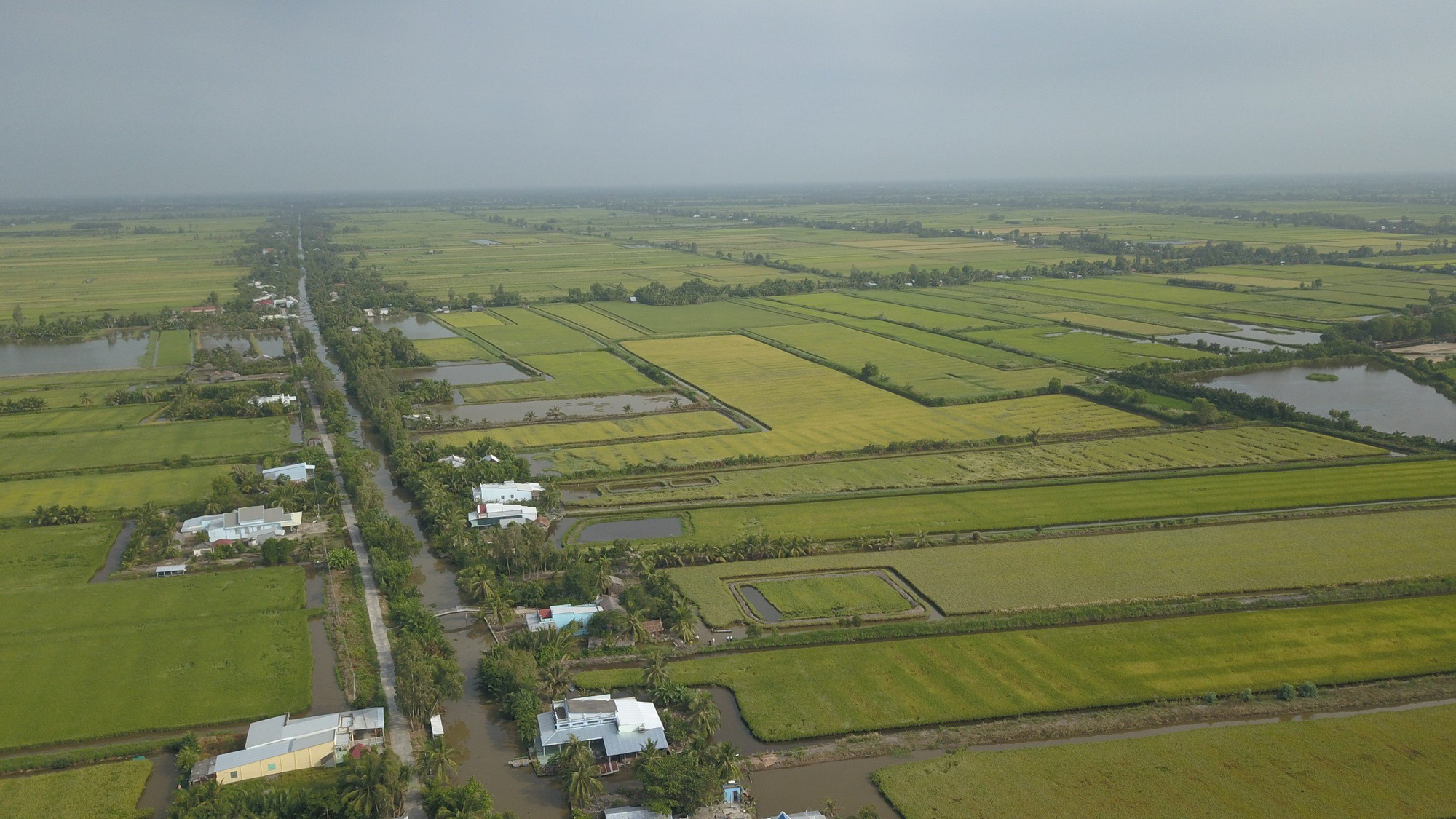Saline intrusion has affected the mainland of the Mekong Delta provinces of Ben Tre and Bac Lieu in southern Vietnam and is anticipated to further penetrate inland in the coming time.
Last week, a one-ppt salinity, or one gram of salt over 1,000 grams of water, measured in the Cua Dai River spanned 47km into Quoi Son Commune in Chau Thanh District, Ben Tre Province, exceeding last year’s penetration by seven km, according to the local hydrometeorological station.
The Ham Luong River saw over 50km of inland saline intrusion, which is poised to increase to about 62km.
The one-ppt salinity on the Co Chien River encroached 54km and is expected to extend four km further inland.
“Until January 16, salinity on river branches will increase with peak tides,” the local hydrometeorological station announced.
“Localities within 48 to 62km from the river mouths should monitor and check salinity when operating sluices and using water directly [from the rivers],” the station warned.
In Bac Lieu Province, authorities have developed three scenarios for drought and saltwater intrusion, tailored to different severity levels, according to Lai Thanh An, director of the provincial irrigation agency.
Rice crops on shrimp-farming land face possible absence of unseasonal rain throughout this month.
The ongoing dry season, accompanied by El Nino-induced drought and increased saltwater intrusion, also poses challenges for winter-spring rice production and aquaculture in the province.
Depending on severity, the local farming sector may adhere to its original plan, reduce 2,900 hectares in water-stressed areas for winter-spring rice, or abandon 32,236 hectares of the main winter-spring crop while cutting the vegetables area to 14,330 hectares.
The provincial People’s Committee urges continued support from the Southern Irrigation Exploitation One-Member Company Limited in operating the Ninh Quoi sluice gate to prevent saltwater intrusion.
Like us on Facebook or follow us on Twitter to get the latest news about Vietnam!





















































